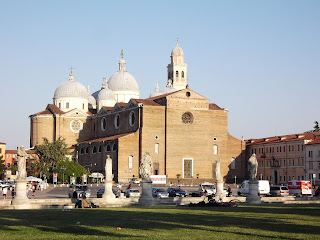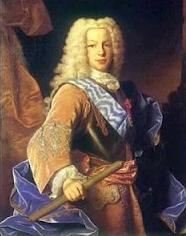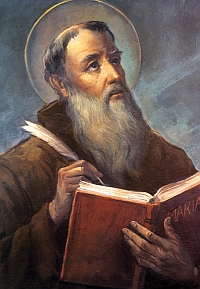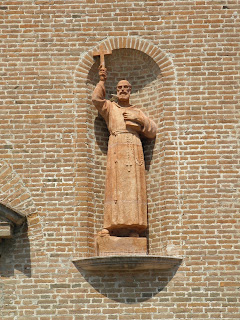Professor from Padova was admired by Einstein
 |
| Tullio Levi-Civita |
With the collaboration of Gregorio Ricci Curbastro, his
professor at the University of Padova, Levi-Civita wrote a pioneering work on
the calculus of tensors. Albert Einstein is said to have used this work as a
resource in the development of the theory of general relativity.
Levi-Civita corresponded with Einstein about his theory of
relativity between 1915 and 1917 and the letters received from Einstein,
carefully kept by Levi-Civita, show how much the two men respected each other.
Years later, when asked what he liked best about Italy,
Einstein is reputed to have said ‘spaghetti and Levi-Civita.’
The mathematician, who was born into an Italian Jewish
family in Padova in 1873, became an instructor at the University of Padova in
1898 after completing his own studies.
He became a professor of rational mechanics there in 1902
and married one of his own students, Libera Trevisani, in 1914.
In 1917, having been inspired by Einstein’s theory
of general relativity, Levi-Civita made his most important contribution to this branch
of mathematics, the introduction of the concept of parallel displacement in
general curved spaces.
 |
| Einstein's theory of general relativity drew on some of Tullio Levi-Civita's work |
Levi-Civita also worked in the fields of hydrodynamics and
engineering. He made great advances in the study of collisions in the
three-body problem, which involves the motion of three bodies as they revolve
around each other.
His books on these subjects became standard works for
mathematicians and his collected works were published in four volumes in 1954.
Levi-Civita was invited by Einstein to visit him in
Princeton in America and he lived there for a while in 1936, returning to Italy
with war looming.
He was removed from his post at the University of Rome in
1938 by the Fascist regime because of his Jewish origins, having taught there
since 1918.
Deprived of his professorship and his membership of all
academic societies by the Fascists, Levi-Civita became isolated from the
scientific world and in 1941 he died at his apartment in Rome, aged 68.
 |
| The main building of the University of Padova can be found in Via VIII Febbraio |
You can take a guided tour to see the pulpit used by Galileo
when he taught at the university between 1592 and 1610.
Home
Home












